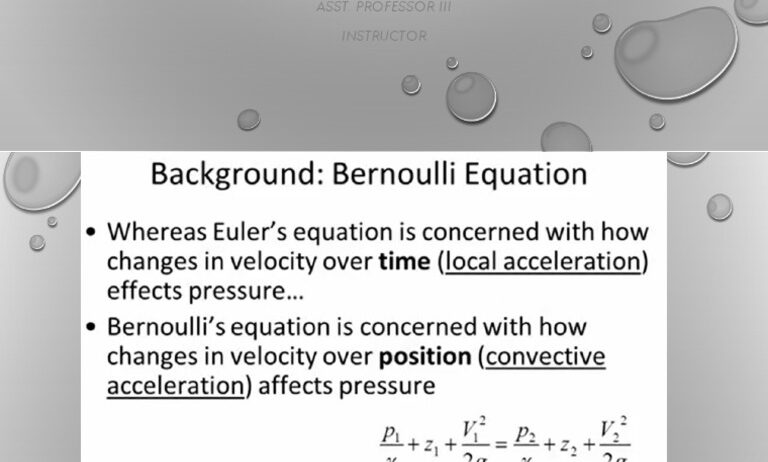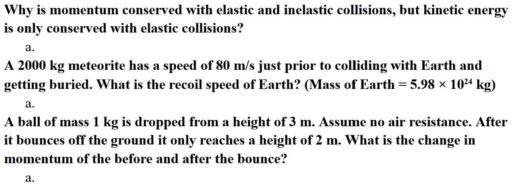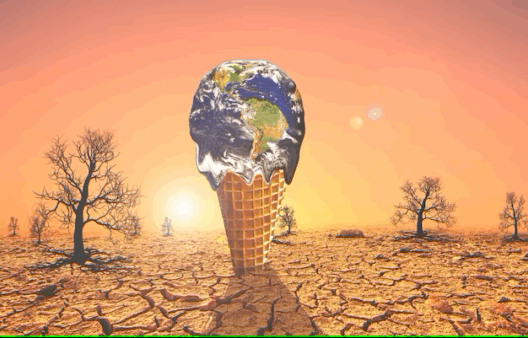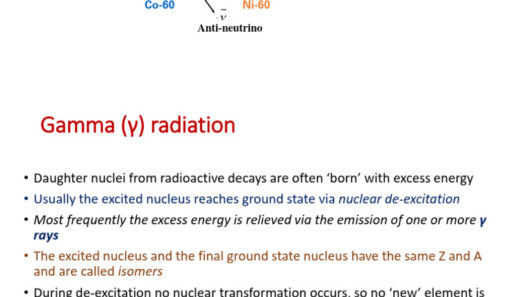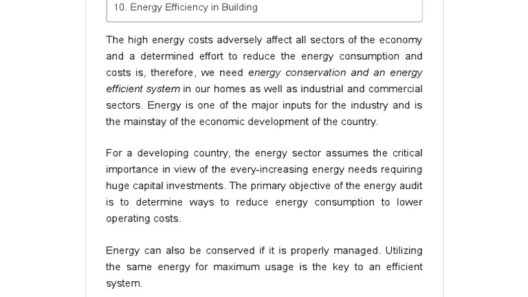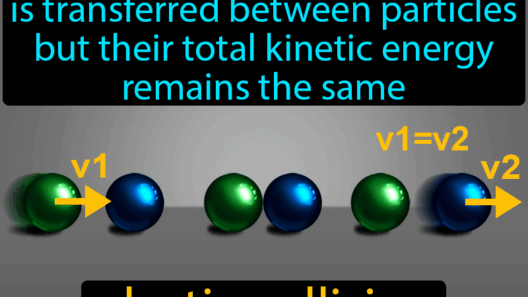In the vast expanse of scientific principles, the Law of Conservation of Energy stands as a formidable cornerstone, embodying the notion that energy can neither be created nor destroyed; it merely transforms from one form to another. However, within the intricate web of this fundamental law lies a lesser-known interpretation, an enigmatic version that draws parallels between energy conservation and the human experience, illustrating that the energy we expend extends beyond mere physical realms into our lifestyles, relationships, and environment.
This interpretation can be likened to an intricate dance, where each partner—human actions, environmental conditions, and societal structures—engages in a dynamic exchange of energy. This metaphorical performance emphasizes the interconnectedness of our daily choices and their ripple effects on the world around us. Just as a dancer navigates the stage, interpreting the rhythm and flow, so too must we navigate our energy consumption amidst the ever-changing societal landscape.
The first aspect to consider is the concept of intrapersonal energy—the energy derived from within ourselves. Just as hydropower harnesses the flow of water to generate electricity, our internal motivation and emotional well-being can be harnessed to drive positive change. When we make conscious choices to cultivate a healthy mindset and prioritize sustainability, we generate energy that transcends the innate human condition. This intrapersonal energy fuels our pursuits and galvanizes others, creating an inspiring chain reaction that contributes to a more sustainable future.
Similarly, there exists a version of this law that focuses on interpersonal energy. Relationships act as conduits of energy exchange; the emotional investment we put into our connections directly influences our environmental impact. A supportive community fosters a collective ethos whereby energy conservation becomes a shared responsibility. Imagine a fabric woven from vibrant threads of collaboration; when individuals engage in conversations about sustainability, their energy becomes synergistic, amplifying the message and inspiring action across wider networks.
Furthermore, the notion of societal energy can be explored as well. This perspective posits that our collective actions can either propel us toward sustainability or lead us down a path of detrimental environmental impacts. Much like the intertwining roots of a tree striving for nutrients, societal structures influence how energy is utilized within communities. Policies, economic incentives, and educational programs shape our collective understanding and approach to energy conservation, highlighting the necessity of a conscientious societal dialogue.
While exploring this nuanced version of energy conservation, it is essential to recognize the role of technology. Much like the ancient alchemists who experimented with transformation, modern innovations have the potential to convert waste into renewable energy sources. The development of solar panels, wind turbines, and biofuels is akin to finding gold in discarded refuse. Technology transmutes energy into different forms, enabling us to minimize our ecological footprint while simultaneously benefiting from these new energy sources. However, a cautionary note must be sounded: without careful implementation, these technologies may inadvertently replicate existing energy inequalities.
Moreover, the metaphor of energy conservation extends to ecological interactions, drawing parallels between ecosystems and human communities. Just as species in a forest rely on one another for survival, humans must learn to cooperate and collaborate to foster a sustainable environment. This interplay of energy mimics a web, where each strand represents different forms of life interlinked through mutual energy exchange. The loss of one strand can destabilize the entire structure, highlighting our responsibility to protect not only our immediate surroundings but also the intricate balance of life on Earth.
Transitioning from abstract notions, let us delve into tangible actions that embody this version of the law. Individuals can initiate changes in their daily lives, embarking on a quest reminiscent of alchemical transformation. Using renewable energy sources, adopting plant-based diets, reducing consumption, and engaging in community programs all contribute to a harmonious balance. These actions symbolize more than mere adjustments; they represent a cultural renaissance devoted to preserving energy and resources for future generations.
Incorporating metaphors from diverse domains further enriches the narrative. Consider our planet as a grand orchestra, each instrument representing different energy forms—fossil fuels, renewables, human ingenuity. When harmonized, they create a melodious symphony of sustainability. However, if the percussion becomes overwhelming and drowns out the strings, the result is discord. It is imperative that, as custodians of the Earth, we strike a balance that fosters harmony with nature, ensuring that all instruments play their part in the ecological concert.
In conclusion, this unique version of the Law of Conservation of Energy transcends its physical implications, embodying a more profound message about the interconnectedness of our lives, relationships, and environments. Just as energy transforms and adapts, so too must our perspectives and actions. The responsibility rests upon each of us to engage with this metaphorical law, fostering a culture of conservation that resonates through personal choices, community interactions, and societal frameworks. By embracing this broader interpretation, we not only become stewards of energy but also active participants in crafting a sustainable future. This endeavor demands vigilance, empathy, and collaboration, forging an enduring legacy for generations to come.



